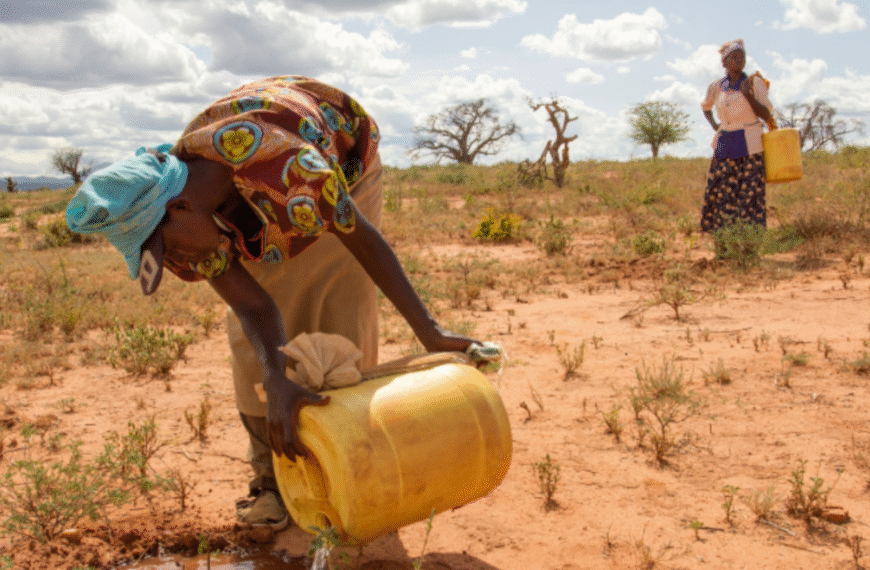Echos of Absorption

Why are temperatures going in the wrong direction despite our efforts?
Harshit Mittal
29 September 2024
“Extreme heat affects billions of people around the world”
“Extreme heat hits countries around the world”
“Extreme heat is breaking global records: Why this isn’t ‘just summer,’ and what climate change has to do with it”.
These aren’t simple signs we should ignore. Day by day temperatures are on a path to increase and the heat waves they cause result in irreplaceable losses. Even though it might be easier to simply attribute it to global warming, understanding the problem is the first step toward solving it.
The Earth is exposed to the Sun 24/7. We constantly receive the sunlight that makes up our entire day, essential for the survival of living organisms on Earth. The obstacle however is the heat we are exposed to. Solar energy and radiation are constantly entering the Earth, which is crucial for us, but it isn’t LEAVING either. The dark soil (the ones with lower mineral contents and higher organic matter leading to lower reflectivity) present everywhere absorbs the radiation from the sun. It’s estimated that the loss of ice and snow contributes approximately 0.1 to 0.2°C to global temperature rise. While this is not the primary driver, it’s a substantial contributing factor. The melting of the snow and ice is what exposes the darker surfaces which absorb more heat. This creates a positive feedback loop that accelerates warming.
This phenomenon is known as the “albedo effect”. In simple terms, the albedo effect is when surfaces reflect sunlight back into space. Light surfaces (like ice) have high albedo, so they reflect more, keeping things cooler, while dark surfaces (like soil), which have a lower albedo absorb more incoming solar radiation, making them warmer. This, as you know, influences Earth’s temperature.
The concept of the albedo effect isn’t just theoretical; it has real-world applications in everyday life. Consider the scenario of two cars parked under the sun, one black and the other white. The interior of the black car, due to its low-albedo surface as it is darker, absorbs more sunlight, leading to a significantly warmer interior compared to the white car. The white car’s high-albedo surface reflects most of the sunlight, keeping its interior comparatively cooler. That is also the reason, most contractors, when in the process of establishing their buildings, prefer to paint it white instead if any darker shade, due to the simple fact that it’s more reflective, allowing the building interior to stay cooler. The average albedo of the Earth is approximately 0.3. This means that around 30% of the sun’s energy hitting the planet’s surface is reflected back into space, while about 70% is absorbed.
This helps us set a clear objective, with our efforts being dedicated towards bringing that substantial number down. As stewards of our environment, individuals can play a crucial role in combating the albedo effect through deliberate actions that reflect a commitment to a cooler planet. A more temperate climate is fostered by planting trees and developing gardens, which not only make our surroundings aesthetically pleasing but also act as a natural mechanism for absorbing CO2 and reflecting sunlight. Choosing rooftops composed of reflective or light-colored materials also turns our houses into eco-friendly shelters that absorb less heat, reducing the need for energy-intensive air conditioning systems. These personal decisions have an impact on more than just our immediate surroundings; they demonstrate how important we are to the greater story of environmental stewardship while also playing a crucial role in bringing that number down.
However, the responsibility doesn’t rest solely on individuals; powerful entities like governments and corporations wield significant influence in the fight against climate change. By implementing urban policies that mandate reflective materials for buildings and infrastructure, they can effectively mitigate the urban heat island effect, cooling cities and reducing energy consumption. To preserve Earth’s natural reflectivity, and ice-covered areas must be preserved and repaired via rigorous environmental standards. These group efforts demonstrate a philosophical dedication to preserving the delicate balance of our ecosystems for future generations, in addition to protecting our planet, a duty that rests on all of our shoulders
Still curious? Click to learn more
https://theconversation.com/extreme-heat-is-breaking-global-records-why-this-isnt-just-summer-and-what-climate-change-has-to-do-with-it-234249
https://climate.copernicus.eu/new-record-daily-global-average-temperature-reached-july-2024
https://www.nature.com/articles/s41467-020-20184-2#:~:text=Amazonian%20Dark%20Earths%20(ADEs)%20are (soils%20of%20anthropic%20origin).
https://kids.frontiersin.org/articles/10.3389/frym.2023.1113553






Leave a Reply
You must be logged in to post a comment.